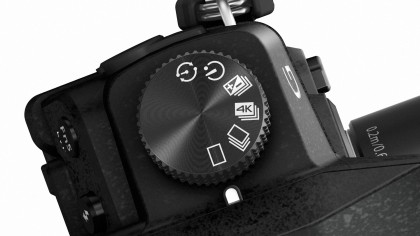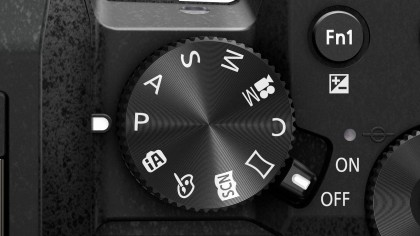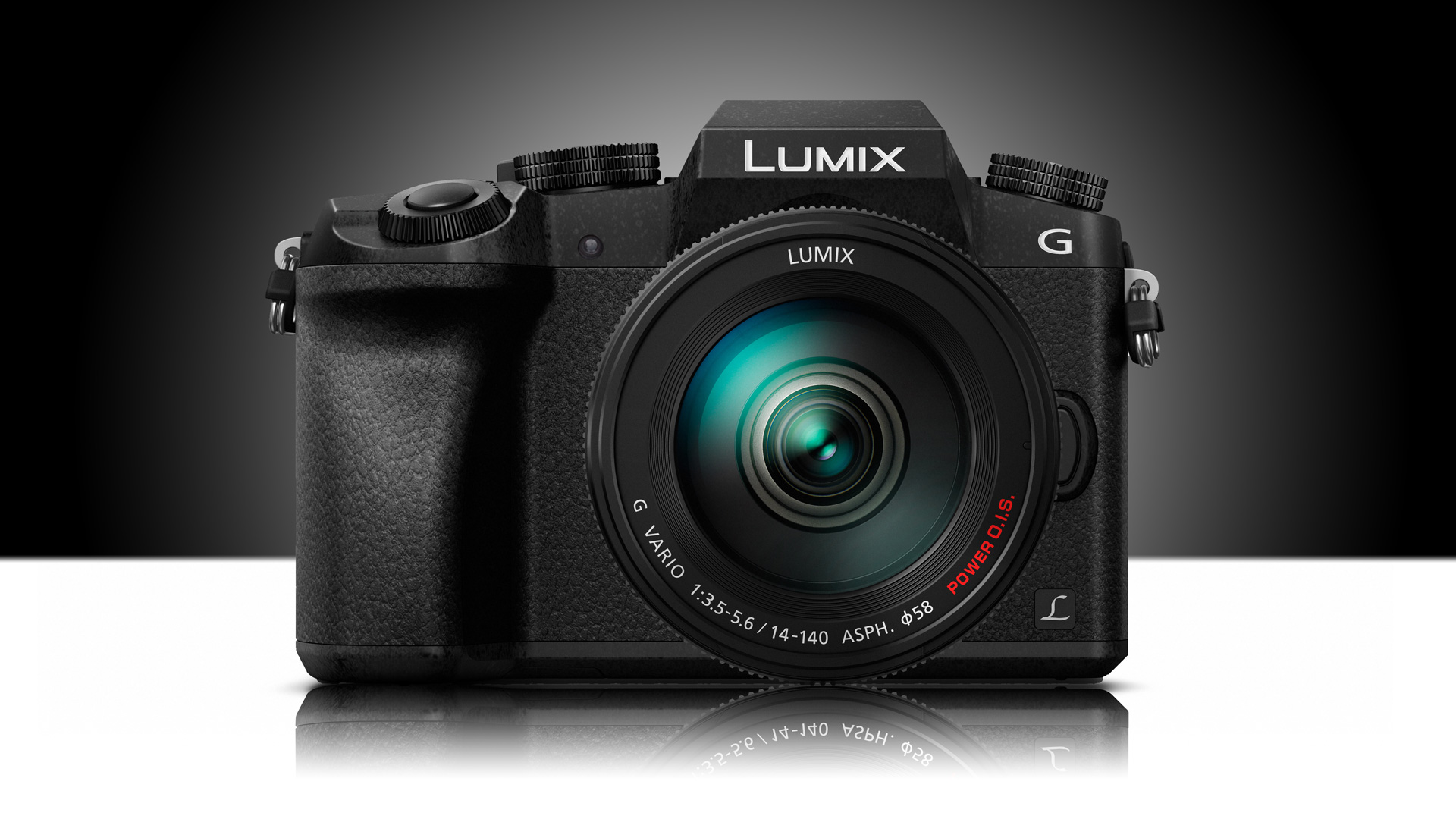Why you can trust TechRadar
Panasonic has given the G7 a more angular look than the G6 it replaces, and there are a couple of changes to the control layout. On the top plate, for example, there are two fairly large dials. The first of these surrounds the shutter release, and replaces the Function Lever on the G6, while the second is towards the back of the plate and within reach of your right thumb. They both feel well made, and the camera responds quickly to adjustments. The front dial is easier to use than the old Function Lever.
Over on the left side of the top plate is a new drive mode dial, similar to the one on the GH4. This dial has an option to select 4K Photo mode, with the three 4K options being selected in the menu by pressing the Menu/Set button at the centre of the navigation controls on the back of the camera.

As on the G6, the G7 has a vari-angle touchscreen, as well as an electronic viewfinder (EVF), for composing and reviewing images. With 2,360,000 dots the EVF has almost double the resolution of the G6's finder, and it's an OLED (Organic Light-Emitting Diode) unit. It provides a good, clear view with plenty of detail, although noise seems to sparkle in low-light situations.
Meanwhile the 3-inch screen has had a little boost up from 1,036,000-dots on the G6 to 1,040,000 on the G7. It's also very clear, and responds to touch quickly. Like most screens it suffers from reflections in direct sun, but when its brightness is set to the maximum it's usually still possible to see enough information to compose an image if you can't use the viewfinder. It can, however, be hard to see the thin line of the electronic level switch from yellow to green to indicate that the camera is level.

I find Panasonic's Touch Pad AF system very useful, as it enables you to set the AF point with your finger on the screen while looking through the viewfinder; however, as a left eye user it's essential that I swing the screen out to the side to avoid setting the AF point with my nose.
Six of the G7's physical buttons and five virtual buttons on the screen are customisable, which means you can set up the camera to suit how you like to shoot. It's not possible to assign a button to turn off or activate Touch Pad AF quickly, which I would find useful in some situations, and although the Quick Menu can be customised, there's no customisable page for the main menu, which would also be useful for grouping together the most commonly used features.
It takes a little while to get used to shooting in 4K Photo mode, especially Pre-Burst because you feel like you've missed the action when you press the shutter release, but it works well. It's easy to extract the 8Mp images in-camera: hitting the 'up' navigation key reveals all the shots in the sequence, and you can then scroll quickly through until you find the most interesting images. Pressing the Set/Menu button gives you the option to save the selected frame as a JPEG.

While the G7 is fairly lightweight and feels like an entry-level camera, its plethora of buttons and dials make it more suited to use by experienced photographers. It also has a large grip with a textured coating that makes the camera comfortable and secure in your hand. If you're used to handling cameras like the Fuji X-T1 or X-T10, the G7 is going to seem quite insubstantial by comparison, but the controls are well arranged and responsive.
